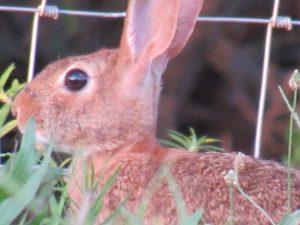We have spent a busy weekend making mead, bottling some older mead, butchering chickens, harvesting produce, and preparing to harvest apples and pears. So, I’ll leave you with this older piece on a different kind of resilience.

The aftermath of butchering chickens.
Last week a colleague spent three hours advancing 15 miles in the cancerous landscape of Atlanta.
Around the same time, I was commuting in central Missouri down a two-lane highway through a largely depopulated land of corn and beef cattle ornamented with the occasional red-brick one-room schoolhouse sitting in a grove of trees. The schoolhouses, long empty, were universally well kept, no broken windows, grass mowed—buildings cared for symbolic of the hope or expectation that they might once again serve a purpose.
The housing stock was older, yet well cared for and solid. But it was a lonely landscape of older couples and few children. I drove past the occasional activity of men in distant fields loading hay onto trailers using tractors built to accomplish much, the work done with such little effort as would have stunned even their grandfathers. Little effort and fewer people, freeing up the children and grandchildren to follow the classic road to town and city, a well-worn path since the ancient world, but one accelerated by our fossil-fueled innovations.
I stopped for the night in Boonville, Missouri, on the banks of the Missouri River. Boonville is not a prosperous town. Its trail of empty strip mall architecture dribbles from the outer fringe of the town’s core to the interstate, signaling a raising of the drawbridge, a calculated retreat against a yet unacknowledged enemy. But the core is still vibrant with neighborhoods, small-town hardware and furniture stores, plumbing and electrical businesses, an elegant restored hotel, a diner, and a bar and grill.
That evening I walked from the old hotel to the bar and grill, a place called Maggie’s, for dinner. The Midwest small-town bar and grill is unique. It is the genuine third place Ray Oldenburg spoke about. Warm and friendly, with people of all ages and classes: farmers, workers and professionals, town and country, producer and consumer. These gathering spots are spread across the agricultural heartland. They are the glue to the community, providing face-to-face time between neighbors. Time not gained in a traffic jam.
I am not naively asserting a rural idyll, without strife, tension, unemployment, severed families and the ills of too much idle time. Yet the small town is fundamentally more resilient, resilient because of its smallness and its proximity to productive land. Rural communities, with their face-to-face interactions, have provided the template for human existence for the past thousands of years.
Communities within a megacity are a mere echo of that life. They can nourish and sustain in the ascendancy, but their larger host survives only as wealth is pumped in from the outside world. When the pump is turned off, the decline is inevitable and rapid. Consider Rome, from a city of a million to a village of thousands in the space of mere generations. Or the specter of Detroit, reduced by half in one generation.
Perhaps these Boonvilles, these freshly painted one-room schoolhouses, these Midwestern pubs are the starter-cultures for the wort, the yeast for the fermentation required to restart the small farm, small-town life, a way to redirect the human trajectory from the cancerous growth to the healthy organism, from the complex to the comprehensible?
The cities like Atlanta in our landscape offer nothing but a promise of continued sprawl, congestion, and three hours and 15 miles stalled in the present. And if history is the judge, they offer us nothing in their inevitable decline.
For all the problems in that rural Missouri landscape, it is still one of latent hope. The problems it faces are fundamentally local and scalable. And if the survival of our future allowed bets, mine would be on the Boonvilles and rural counties in this land.
……………………………………………………………………..
Reading this weekend (2019): Underland (Macfarlane) and iGen (Twenge). The former is another terrific read by the author of The Old Ways (among others). And, the latter is a data driven survey of the generation that has grown up with the i-phone (be afraid, be very afraid).



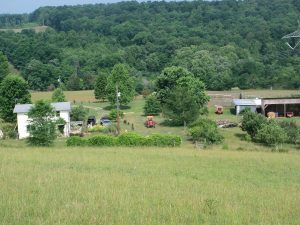
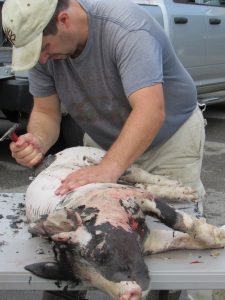
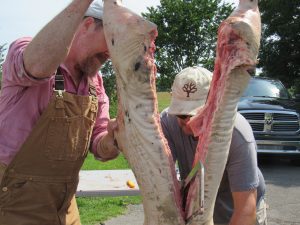
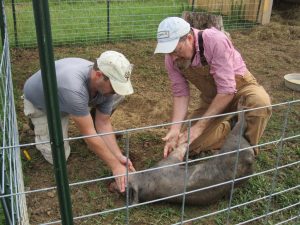 Europe (Thomson). The latter is an account, through letters back home, of the author’s book-buying trip to Europe on behalf of Ohio Wesleyan University, published in 1856.
Europe (Thomson). The latter is an account, through letters back home, of the author’s book-buying trip to Europe on behalf of Ohio Wesleyan University, published in 1856.